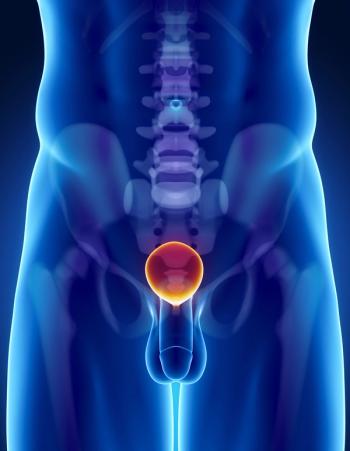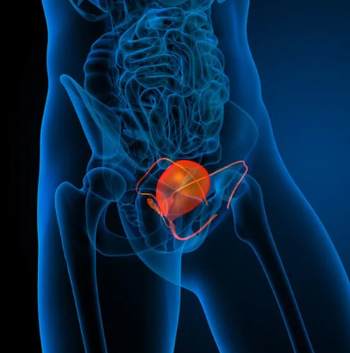
Oncology NEWS International
- Oncology NEWS International Vol 11 No 4
- Volume 11
- Issue 4
Race Per Se Does Not Predict Extracapsular Prostate Cancer
WASHINGTON-Surgeons have historically had a "feeling that black men are at the highest risk" of bad outcomes in prostate cancer, said Christopher R. Porter, MD, professor of urology, Stony Brook Hospital Medical Center, Stony Brook, New York. Their risk of dying from the disease is twice that of white men, and their risk of developing it is 1.7 times higher.
WASHINGTONSurgeons have historically had a "feeling that black men are at the highest risk" of bad outcomes in prostate cancer, said Christopher R. Porter, MD, professor of urology, Stony Brook Hospital Medical Center, Stony Brook, New York. Their risk of dying from the disease is twice that of white men, and their risk of developing it is 1.7 times higher.
But, Dr. Porter reported at the 8th Biennial Symposium on Minorities, the Medically Underserved, and Cancer, race per se is not a factor in predicting non-organ-confined disease in men with clinically localized cancers.
He described a retrospective study of 207 men with clinically localized prostate cancer, two thirds black and one third white, who had radical prostatectomies at the same veterans medical center over the course of a decade.
To identify predictive factors, a single pathologist who has specialized training in urological oncology examined all of the pathological specimens.
Parameters included PSA, age, race, income, clinical stage, primary Gleason grade, Gleason sum, percentage of total biopsy cores that were positive, history of previous biopsy, and presence of prostatic intraepithelial neoplasia and perineural invasion.
Two Factors Predictive
Of the clinical and histological criteria, only a PSA level of 10 ng/mL or more and a percentage of positive biopsies of 40 or higher proved predictive of extracapsular disease. Race was not predictivea result that differs from that of many other studies, Dr. Porter said.
Household income was highly significant, however. This, Dr. Porter commented, may be a proxy for education and socioeconomic status. In a study of black men by another research group, he noted, health insurance and socioeconomic status were inversely related to PSA levels.
Dr. Porter also emphasized the value of taking a sufficient number of biopsy cores, recommending at least 10 per individual because "prostate biopsy is a random event," and "we don’t have the technology yet that is available to breast cancer surgeons in targeting the lesion." He believes, however, that radiological and other detection technologies will be possible in the future.
Col. Judd Moul, MD, of the US Army Medical Corps and director of the Department of Defense Center for Prostate Disease Research, Uniformed Services University of the Health Sciences, Bethesda, Maryland, commented: "Just because patients of different social status have equal access to health care [as in the Veterans Administration medical system] doesn’t necessarily mean that they have equal utilization."
More Research Needed
Dr. Moul asked Dr. Porter whether he had data on the number of office visits made by patients of different economic status. Dr. Porter answered that he did not, but that finding out would be a "good idea."
Both doctors agreed that more research is needed and that comparing military, VA, and civilian populations would be very useful.
Articles in this issue
over 23 years ago
Virtual Shared Specimen Resource ‘Essential’over 23 years ago
DHA Conjugate Increases Paclitaxel Uptake by Tumor Cellsover 23 years ago
Letrozole Superior to Tamoxifen in Metastatic Breast Cancerover 23 years ago
S-8184 Paclitaxel Emulsion Promising in Phase I Studyover 23 years ago
HIV+ Veterans Have Higher Rates of Unusual Cancersover 23 years ago
Online Breast Cancer Support Groups Beneficialover 23 years ago
Survival Benefit With Capecitabine/Docetaxelover 23 years ago
FDA Approves Zometa for Cancer-Related Bone ComplicationsNewsletter
Stay up to date on recent advances in the multidisciplinary approach to cancer.

















































































